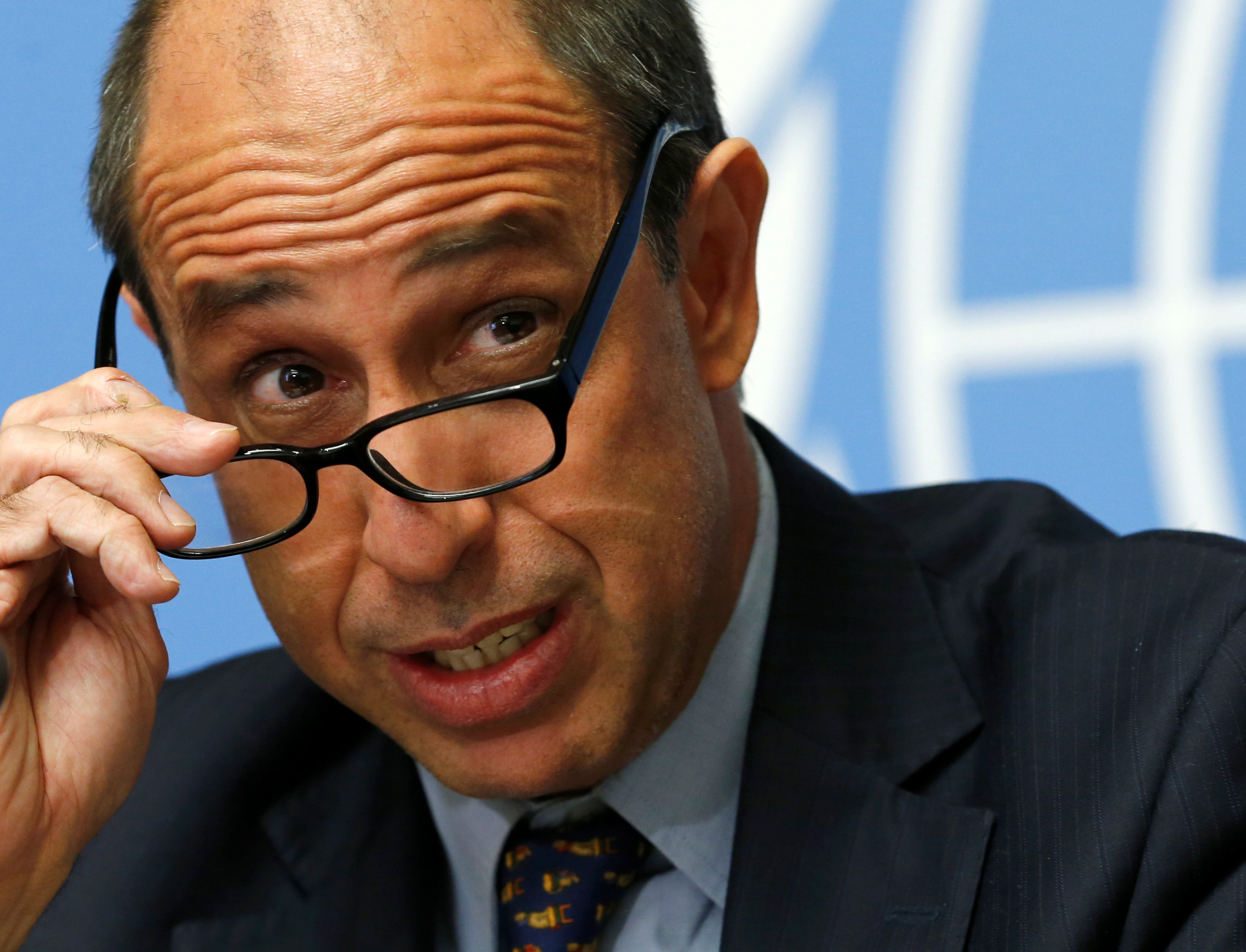
By Ju-min Park and Kaori Kaneko
SEOUL/TOKYO (Reuters) – North Korea fired four ballistic missiles into the sea off Japan’s northwest coast on Monday, angering South Korea and Japan, days after it promised retaliation over U.S.-South Korea military drills it sees as preparation for war.
South Korea’s military said the missiles were unlikely to have been intercontinental ballistic missiles (ICBM), which can reach the United States. They flew on average 1,000 km (620 miles) and reached an altitude of 260 km (160 miles).
Some landed as close as 300 km (190 miles) from Japan’s northwest coast, Japan’s Defence Minister Tomomi Inada said in Tokyo.
The United States and Japan have requested a United Nations Security Council meeting on the launches, which will likely be scheduled for Wednesday, diplomats said.
The U.S. military on Monday left open the possibility of additional launch attempts.
“There were four that landed. There may be a higher number of launches that we’re not commenting on. But four landed and splashed in the Sea of Japan,” Navy Captain Jeff Davis, a Pentagon spokesman, told a news briefing.
Condemning the launches as further “provocative behavior,” White House spokesman Sean Spicer told reporters the United States was taking steps to enhance defense against ballistic missiles, including deployment of a Terminal High Altitude Area Defense (THAAD) battery in South Korea.
South Korea’s acting President Hwang Kyo-ahn said Seoul would swiftly deploy the anti-missile system despite angry objections from China. A U.S. official said the system could be installed far earlier than an original fall target date.
Japan also plans to reinforce its missile defenses and is considering buying either THAAD or building a ground-based version of the Aegis system deployed on warships.
Beefed-up missile defense is among economic and military options being weighed in a White House review of policy toward nuclear-armed North Korea expected to be completed in coming weeks, the official said, speaking on condition of anonymity.
Japanese Prime Minister Shinzo Abe said “strong protests” had been lodged with North Korea, which has carried out a series of nuclear and missile tests in defiance of U.N. resolutions.
“It is an extremely dangerous action,” Abe told parliament.
The missiles were launched from the Tongchang-ri region near North Korea’s border with China, South Korean military spokesman Roh Jae-cheon told a briefing, but said it was too early to say what their relatively low altitude indicated.
U.S. officials, speaking on condition of anonymity, also told Reuters there were no indications so far that North Korea had tested an intercontinental ballistic missile capable of hitting the U.S. mainland.
Shortly before taking office, President Donald Trump tweeted “It won’t happen!” in January after North Korean leader Kim Jong Un said the North was close to testing an ICBM.
“We deplore the continued violation of Security Council resolutions by the Democratic People’s Republic of Korea, including the most recent launches of ballistic missiles. The DPRK leadership should refrain from further provocations and return to full compliance with its international obligations,” U.N. spokesman Farhan Haq said on Monday.
Chinese Foreign Ministry spokesman Geng Shuang told a daily news briefing that China, which is holding its annual meeting of the National People’s Congress, had noted North Korea’s action.
“All sides should exercise restraint and not do anything to irritate each other to worsen regional tensions,” Geng said, referring to both the missile launches and U.S.-South Korean military exercises.
JOINT DRILLS
North Korea had threatened to take “strong retaliatory measures” after South Korea and the United States began annual joint military drills on Wednesday that test their defensive readiness against possible aggression from the North.
North Korea criticizes the drills and has previously conducted missile launches to coincide with them.
In a letter to the U.N. Security Council on Monday, North Korea’s U.N. Ambassador Ja Song Nam warned that “the situation on the Korean Peninsula is again inching to the brink of a nuclear war” due to the military drills.
Ja again requested that the Security Council meet to discuss the drills. Previous such requests have gone unanswered by the Security Council. The letter did not mention North Korea’s missile launches on Monday.
Last year, North Korea fired a long-range rocket from Tongchang-ri that put an object into orbit. The United Nations condemned that launch for violating resolutions banning the use of ballistic missile technology.
North Korea test-fired a new type of missile into the sea last month and has said it would continue to launch new strategic weapons.
Trump’s national security team is reviewing a wide range of options to counter the missile threat. But an administration official played down the prospects for any direct military action, such as pre-emptive missile strikes on North Korean launch sites or reintroducing nuclear weapons to South Korea, as highlighted in recent news reports.
Instead, the focus is expected to be on imposing new sanctions on North Korea and pressing China to do more to rein in Pyongyang, the official said. Previous administrations have made similar efforts but have failed to curb North Korea’s nuclear and missile advances.
The United States withdrew nuclear weapons from South Korea in 1991 before the rival Koreas signed a declaration on denuclearization of the peninsula. North Korea walked away from the agreement, citing the threat of invasion by the United States.
North Korea conducted its fifth and most powerful nuclear test last September. State media said after that test Pyongyang had used a nuclear warhead small enough to mount on a ballistic missile.
(Additional reporting by Christine Kim and James Pearson in Seoul, Tim Kelly in Tokyo, Ben Blanchard in Beijing, Phil Stewart, David Brunnstrom and Matt Spetalnick in Washington and Michelle Nichols at the United Nations; Writing by Jack Kim; Editing by James Dalgleish)









